印度建筑的减排潜力
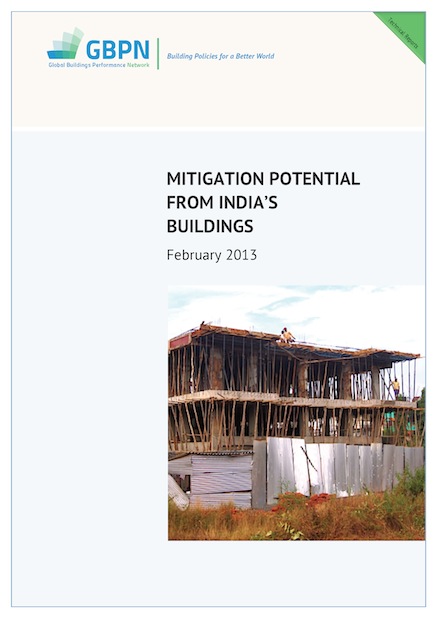
可靠证据表明,至2050年印度建筑领域会产生巨幅能源增长,基于此估测,本报告分析了印度目前建筑节能减排的政策框架及其节能潜力。
19 result(s) found

可靠证据表明,至2050年印度建筑领域会产生巨幅能源增长,基于此估测,本报告分析了印度目前建筑节能减排的政策框架及其节能潜力。
 可靠证据表明,至2050年印度建筑领域会产生巨幅能源增长,基于此估测,本报告分析了印度目前建筑节能减排的政策框架及其节能潜力。
可靠证据表明,至2050年印度建筑领域会产生巨幅能源增长,基于此估测,本报告分析了印度目前建筑节能减排的政策框架及其节能潜力。
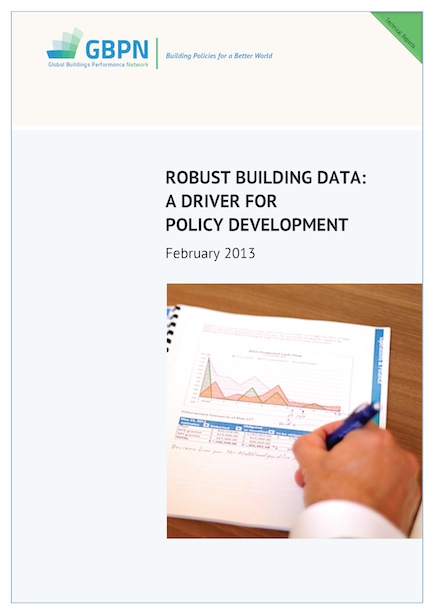 本报告就四个地区数据质量和数据的可利用性问题进行了分析,同时也提醒了我们需要完成多少工作才能建成一个强大而全面的建筑数据库,并提出了实现这个数据库的可行性建议。
本报告就四个地区数据质量和数据的可利用性问题进行了分析,同时也提醒了我们需要完成多少工作才能建成一个强大而全面的建筑数据库,并提出了实现这个数据库的可行性建议。
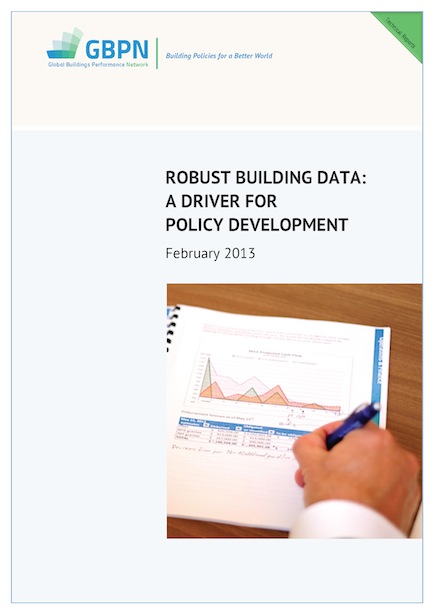 本报告就四个地区数据质量和数据的可利用性问题进行了分析,同时也提醒了我们需要完成多少工作才能建成一个强大而全面的建筑数据库,并提出了实现这个数据库的可行性建议。
本报告就四个地区数据质量和数据的可利用性问题进行了分析,同时也提醒了我们需要完成多少工作才能建成一个强大而全面的建筑数据库,并提出了实现这个数据库的可行性建议。
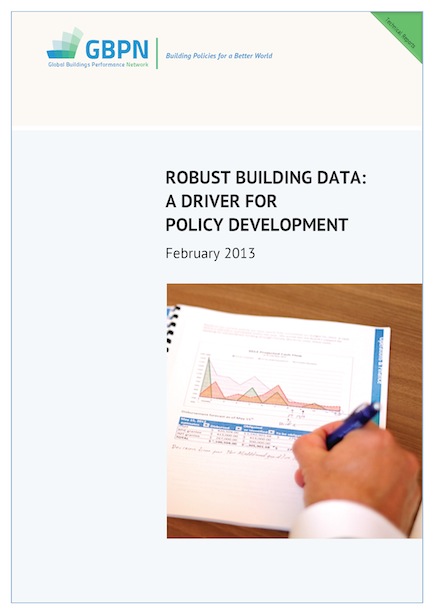 Technical Report:
Technical Report:
Discover where things stand regarding building energy data quality and availability in our four regions, this report reminds us of how far we have to go before a robust and comprehensive set of building data is in place and provides some recommendations of how we can get there.
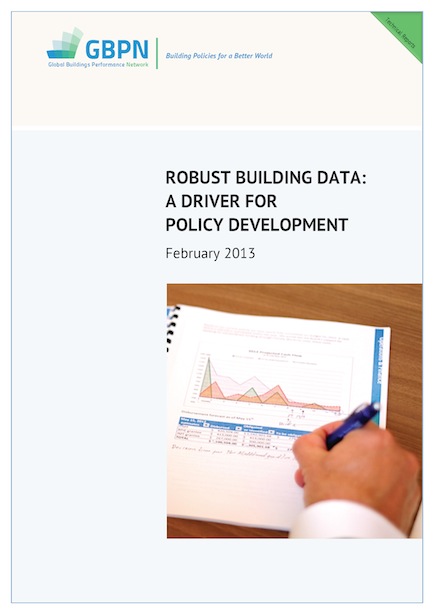 Data Annex
Data Annex
Discover where things stand regarding building energy data quality and availability in our four regions, this report reminds us of how far we have to go before a robust and comprehensive set of building data is in place and provides some recommendations of how we can get there.
 The Economist Intelligence Unit (EIU) report "Achieving scale in energy-efficient buildings in India: A view from the construction and real estate sectors" commissioned by the GBPN explains the challenges and opportunities of investing in energy efficiency in buildings in India.
The Economist Intelligence Unit (EIU) report "Achieving scale in energy-efficient buildings in India: A view from the construction and real estate sectors" commissioned by the GBPN explains the challenges and opportunities of investing in energy efficiency in buildings in India.
 A report from the Economist Intelligence Unit (EIU), commissioned by the GBPN finds that while India’s commercial building sector has blazed the energy-effiency trail in the building sector, achieving significant scale will depend on efficiency measures becoming standard practice in the commercial middle market, retrofit and, particularly, the residential building segment.
A report from the Economist Intelligence Unit (EIU), commissioned by the GBPN finds that while India’s commercial building sector has blazed the energy-effiency trail in the building sector, achieving significant scale will depend on efficiency measures becoming standard practice in the commercial middle market, retrofit and, particularly, the residential building segment.
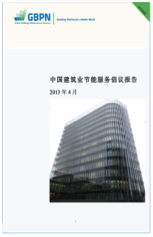 Executive Summary
Executive Summary
GBPN conducted a study on the factors affecting the use of ESCO models for the retrofit of existing buildings in China, identifying current barriers to the development of the Chinese ESCO market, while also researching best-practice examples of ESCOs globally and investigating the feasibility of introducing those examples to China.
This new GBPN report jointly developed with the Centre for Environmental Planning and Technology (CEPT) University, provides a first attempt to document energy saving potentials that could be achieved in India by 2050 in the residential sector. Four energy scenarios have been developed to identify the potential energy savings, each relating to a level of ambition of building performance policies and market efforts.
Mainstreaming high-performance buildings could deliver a 124% return on investment globally through building-related energy cost savings by 2050 says a new comprehensive assessment study of the costs and benefits of low energy building pathways published by the GBPN.
![[Report] Monetary Benefits of Ambitious Building Energy Policies-GBPN](https://gbpn.org/wp-content/uploads/2015/01/Report-Monetary-Benefits-of-Ambitious-Building-Energy-Policies-GBPN.png)
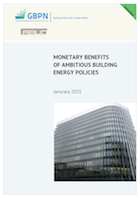 Mainstreaming high-performance buildings could deliver a 124% return on investment globally through building-related energy cost savings by 2050 says a new comprehensive assessment study of the costs and benefits of low energy building pathways published by the GBPN in cooperation with the Central European University’s Center for Climate Change and Sustainable Energy Policy (3CSEP) and Advanced Building and Urban Design (ABUD).
Mainstreaming high-performance buildings could deliver a 124% return on investment globally through building-related energy cost savings by 2050 says a new comprehensive assessment study of the costs and benefits of low energy building pathways published by the GBPN in cooperation with the Central European University’s Center for Climate Change and Sustainable Energy Policy (3CSEP) and Advanced Building and Urban Design (ABUD).
First adopted in 2007, and most recently renewed in 2015, New Mexico’s Sustainable Building Tax Credit supports the greening of many building types across the state. Released in October, 2017, this case study captures the impacts of this landmark policy and highlights the context and people that helped to create and sustain this nation-leading green building policy.
This is an example of LEED being used in an innovative tax policy across the United States and potentially serve as a tax model elsewhere.